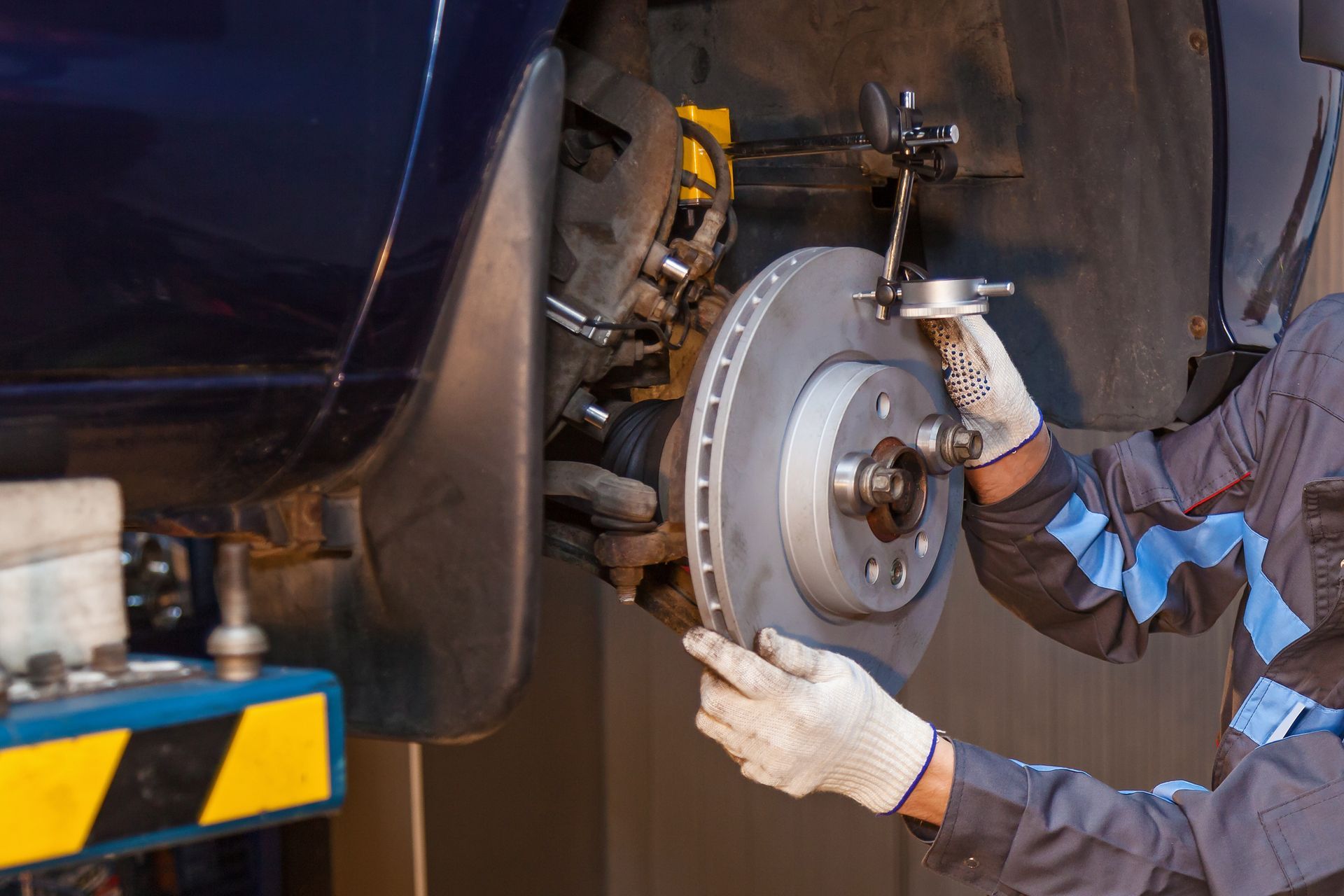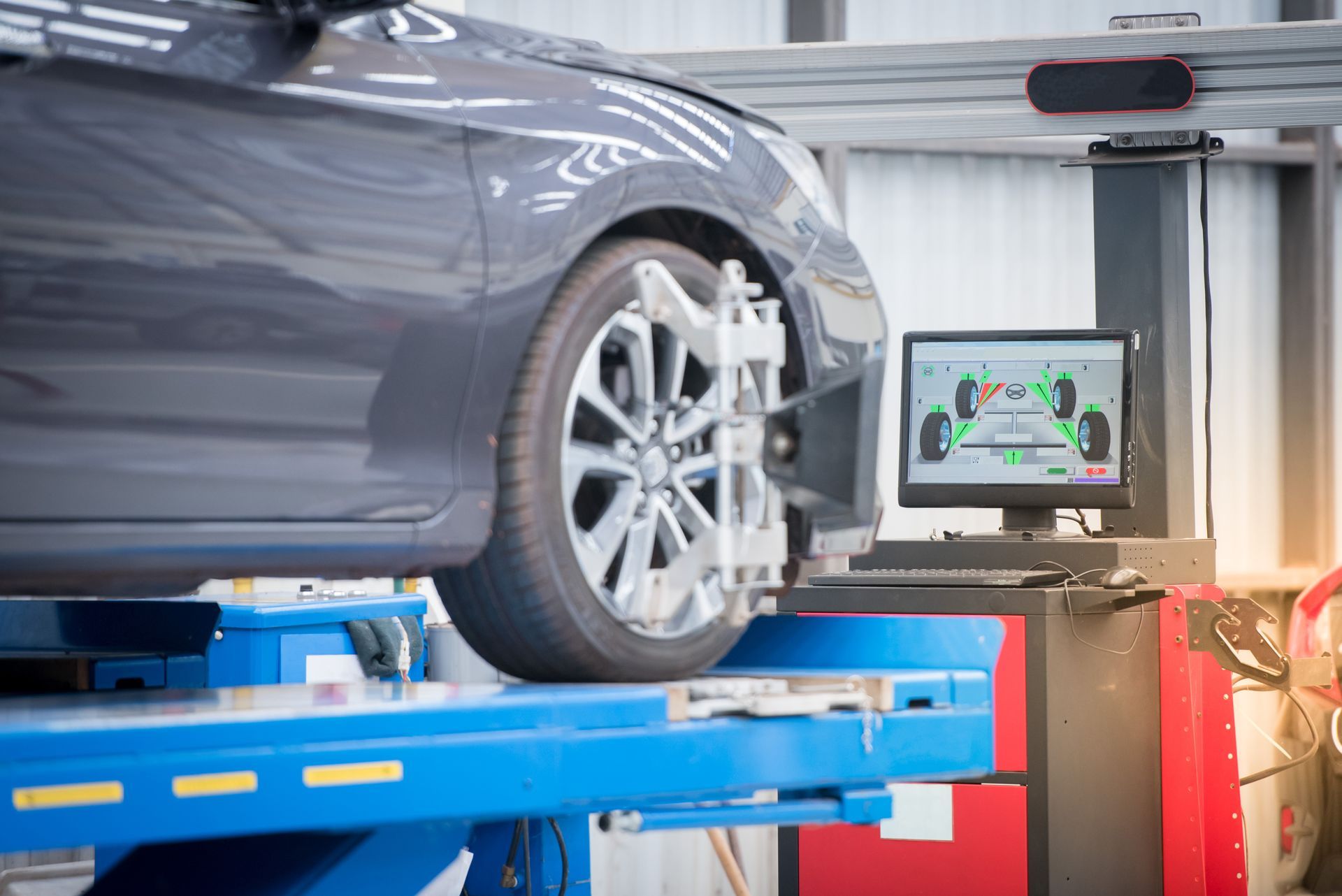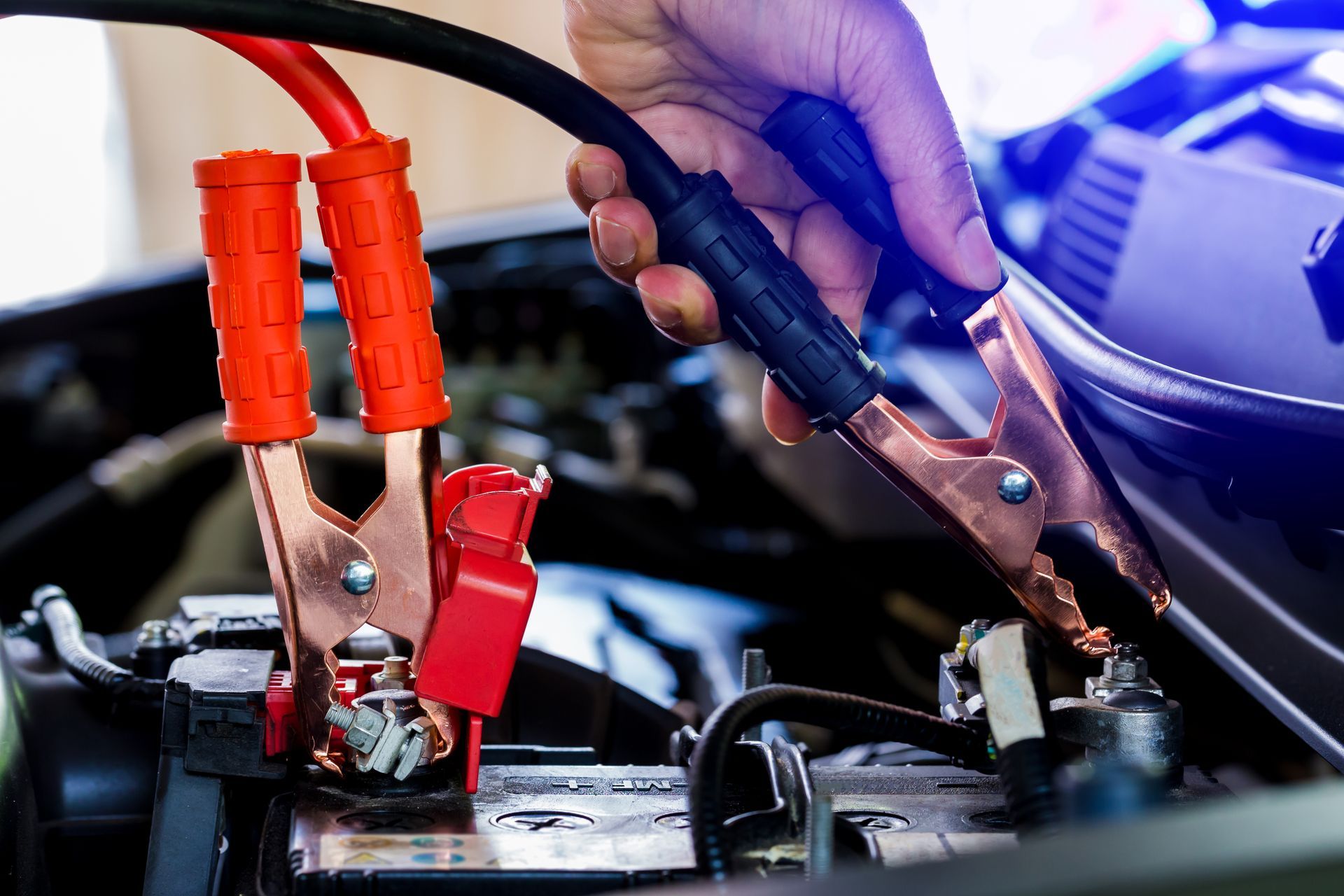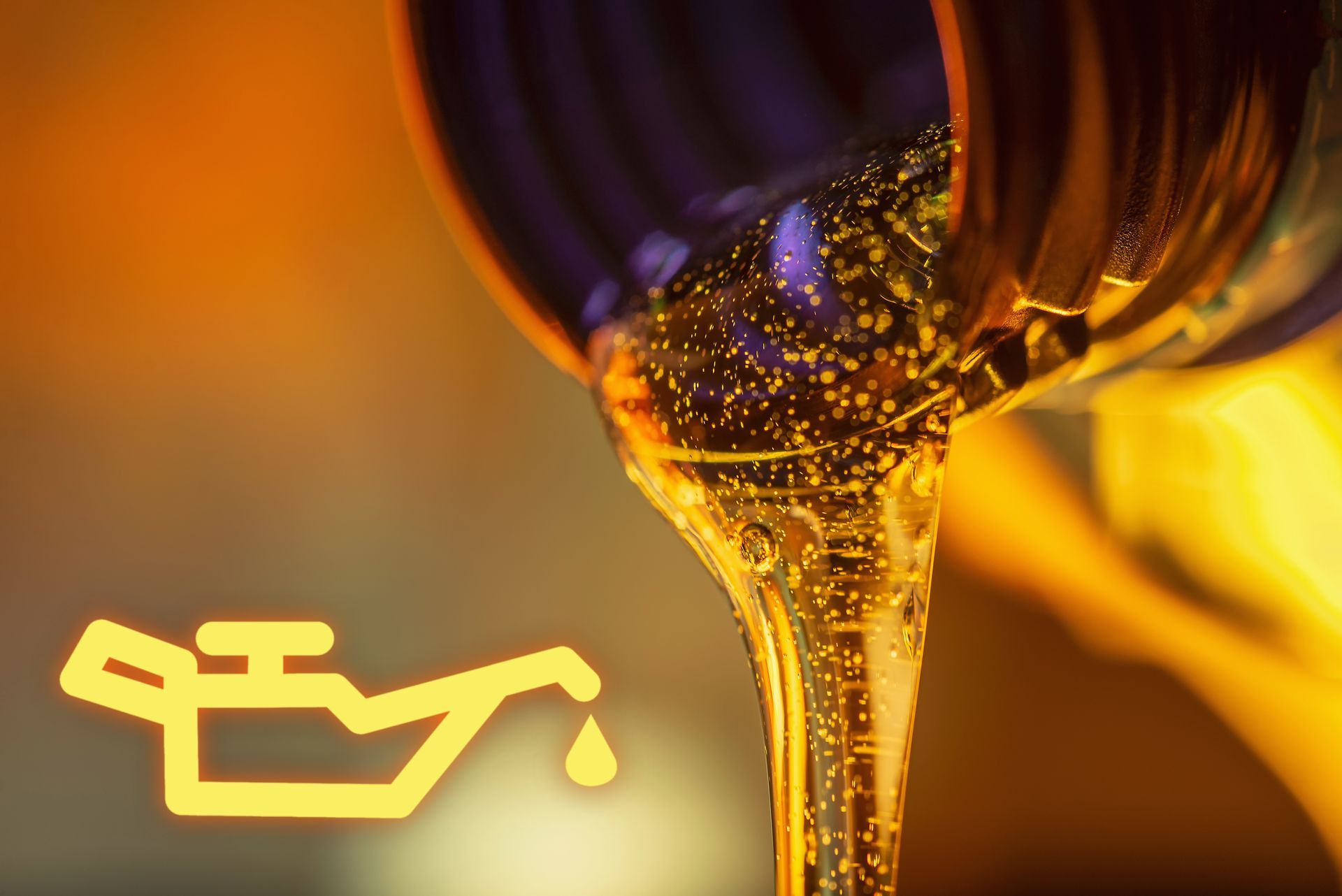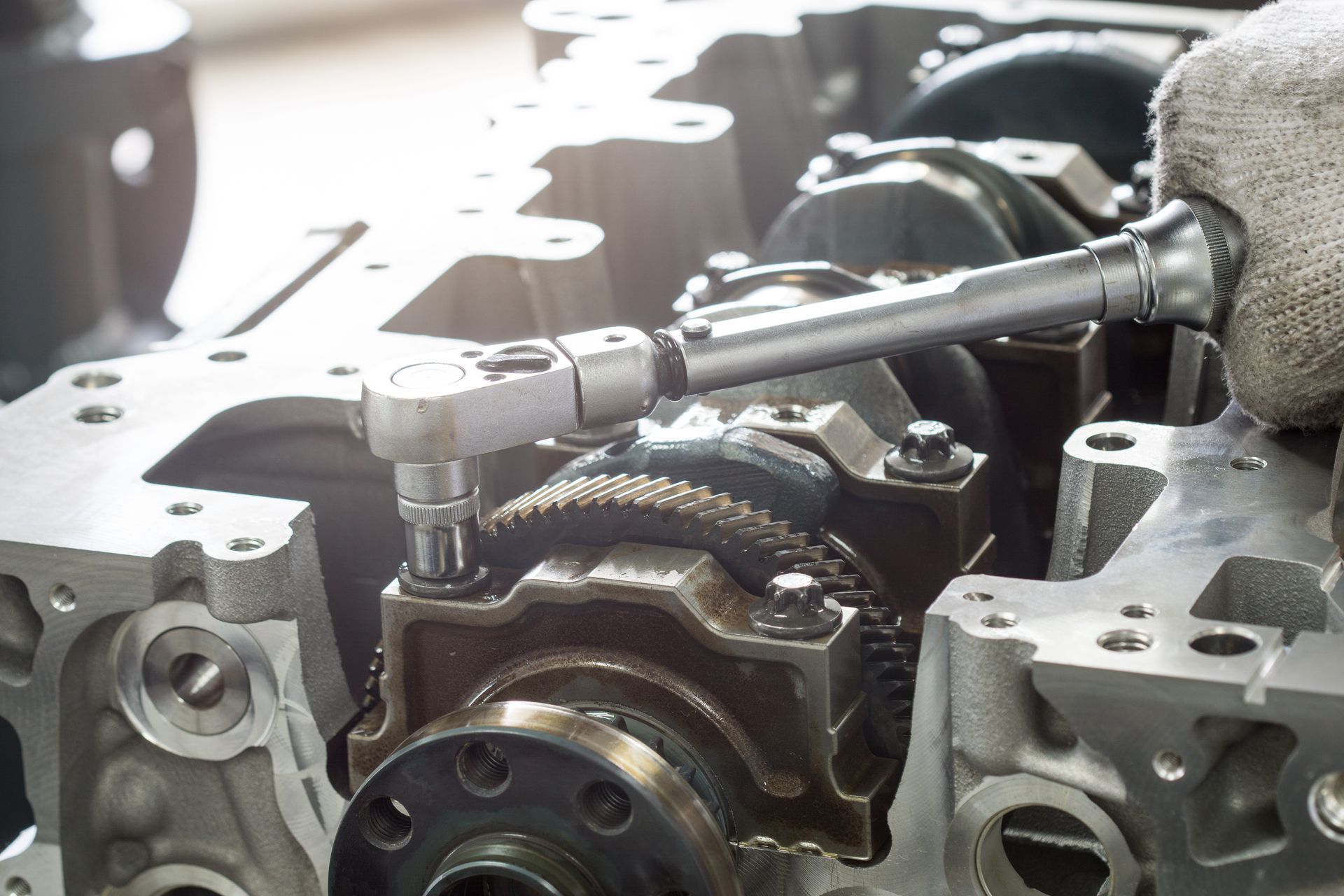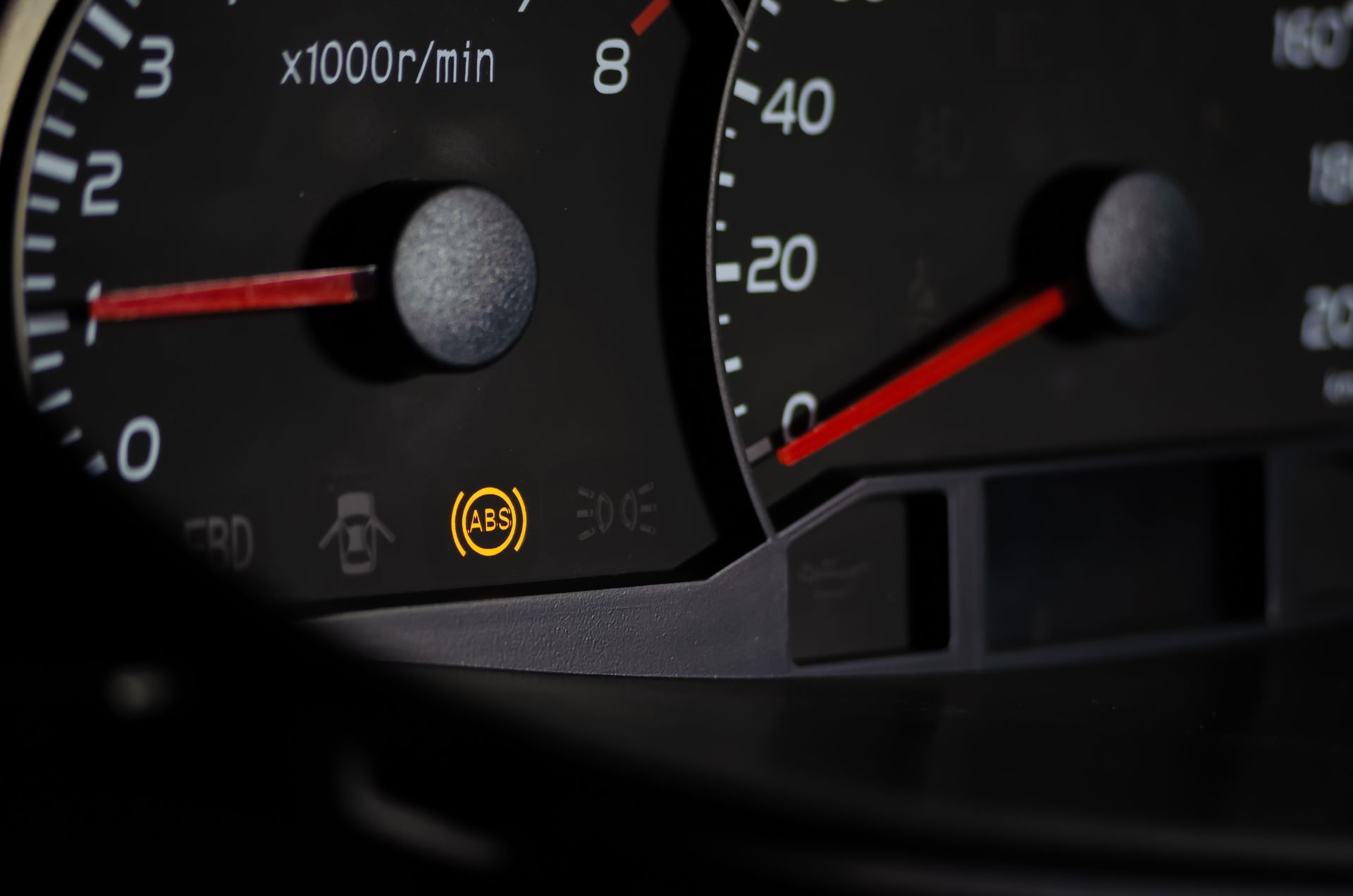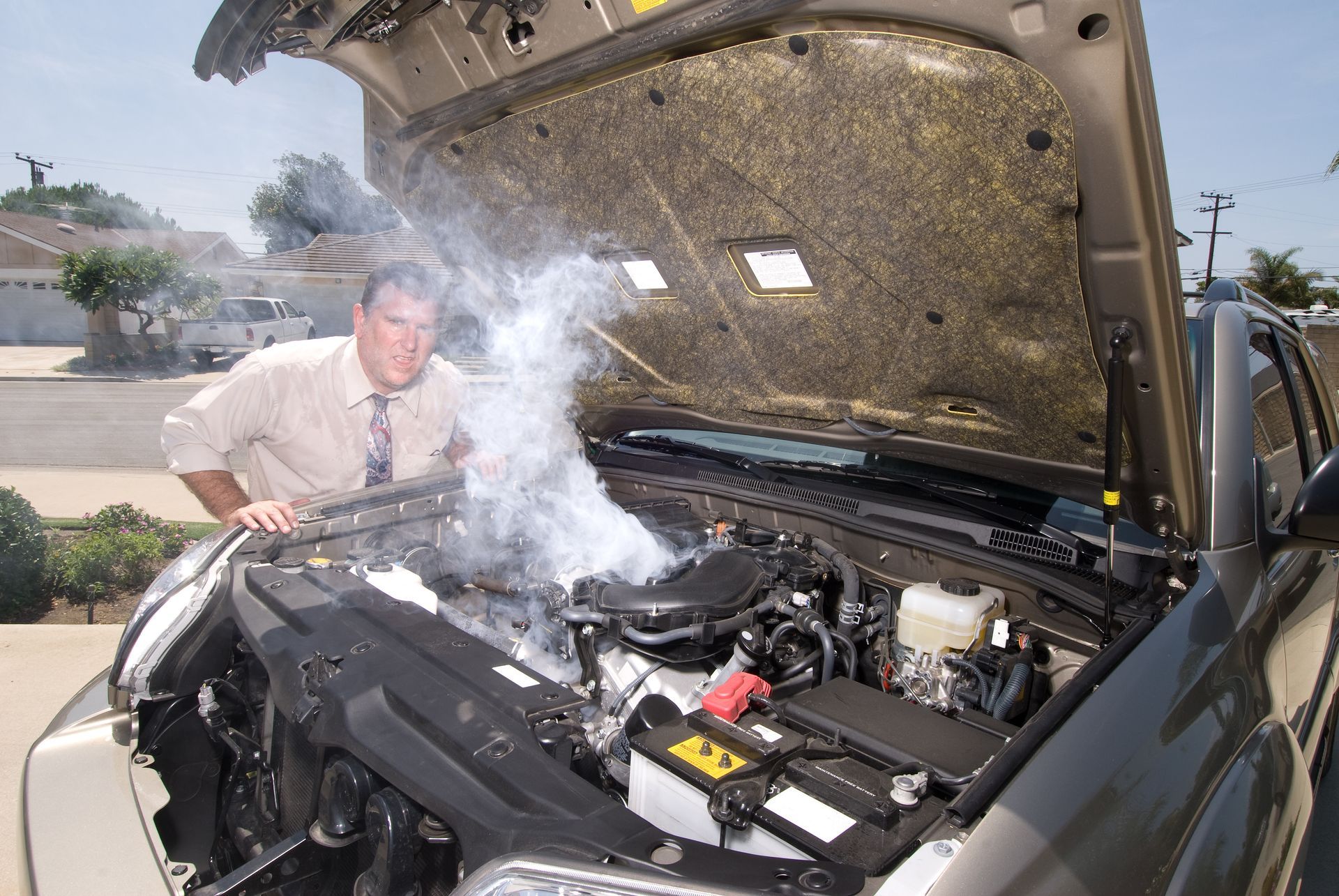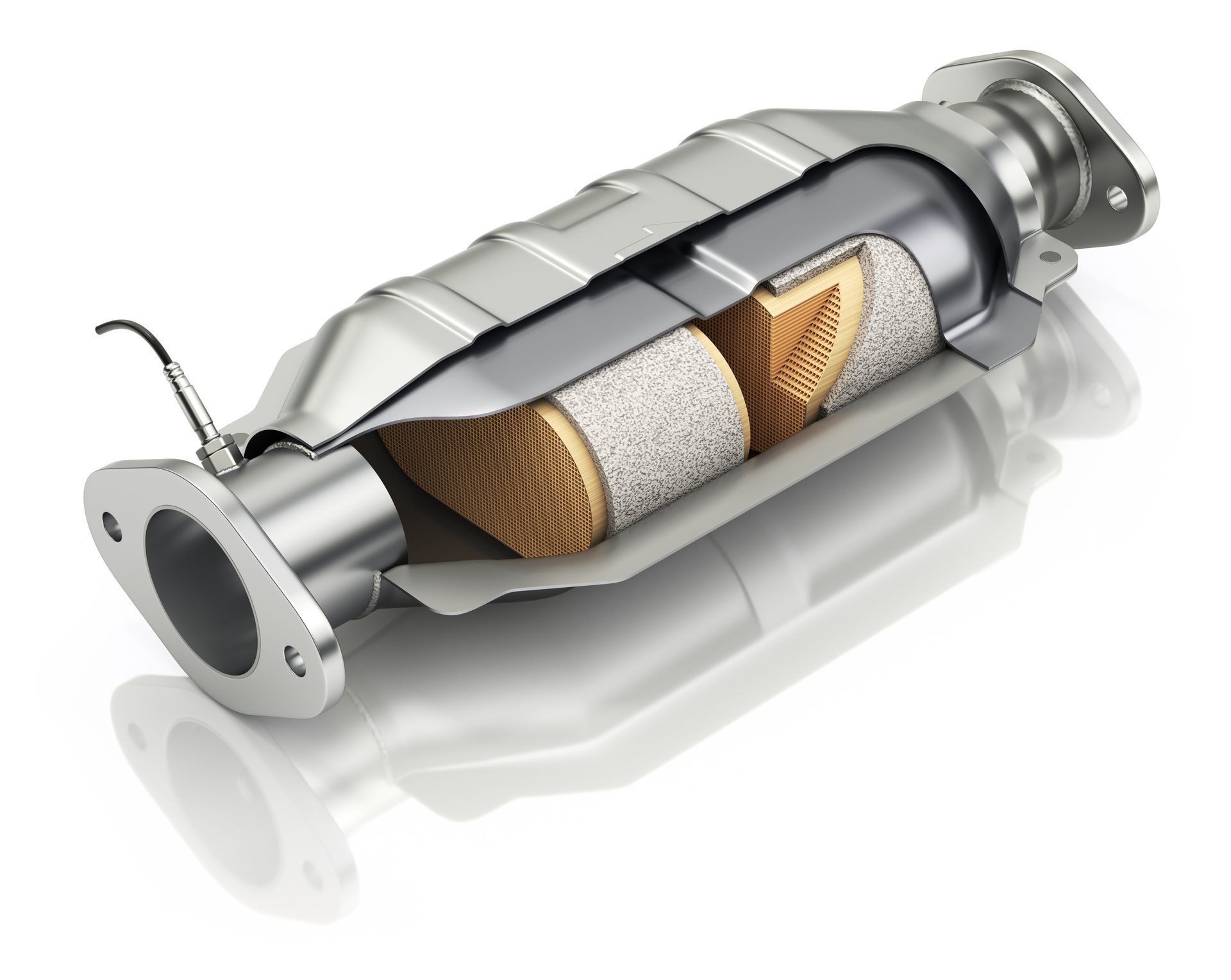Hazard lights, also known as emergency flashers or hazard warning lights, are a crucial safety feature in vehicles. They serve to alert other drivers of potential hazards or emergencies, but their misuse can lead to confusion and accidents. We'll explore the do's and don'ts of using hazard lights to ensure you're using them correctly and responsibly.
Hazard lights are designed to warn other drivers of a temporary obstruction, such as a stalled vehicle, accident, or adverse weather conditions. When activated, all four turn signal lights flash simultaneously, indicating to other drivers that there's an emergency or hazard ahead.
The Do's of Using Hazard Lights
- Use in Emergencies: Activate hazard lights when your vehicle is stopped on the side of the road due to a breakdown, flat tire, or other emergency situation. This alerts other drivers to proceed with caution and helps prevent rear-end collisions.
- In Adverse Weather: Use hazard lights when driving in heavy rain, fog, or snow, especially if visibility is significantly reduced. This increases your vehicle's visibility to other drivers, reducing the risk of accidents.
- When Moving Slowly: It's appropriate to use hazard lights when driving significantly below the speed limit, such as during a funeral procession or when towing a heavy load. This alerts other drivers to the reduced speed and encourages them to exercise caution when approaching your vehicle.
- When Providing Assistance: If you stop to assist another driver who's experiencing car trouble, activate your hazard lights to signal to other drivers that there's a potential hazard ahead.
The Don'ts of Using Hazard Lights
- While Driving: Avoid using hazard lights while driving, as they can confuse other drivers and obscure the intended meaning of your turn signals. Only activate hazard lights when your vehicle is stationary or moving at a significantly reduced speed.
- In Normal Traffic Conditions: Refrain from using hazard lights in regular traffic conditions, as they're intended for emergency situations or when your vehicle poses a hazard to other drivers. Using hazard lights unnecessarily can create confusion and increase the risk of accidents.
- In Place of Turn Signals: Hazard lights should never be used as a substitute for turn signals. Always use your vehicle's turn signals to indicate your intention to change lanes or make a turn, and reserve hazard lights for emergency situations only.
Hazard lights are a valuable safety feature that can help alert other drivers to potential hazards or emergencies on the road. By understanding when and how to use hazard lights appropriately, you can enhance road safety for yourself and other road users.
Ensure your vehicle's safety features, including hazard lights, are functioning correctly by scheduling a comprehensive inspection at PRO-CAT Auto Care & Repair. Feel free to give us a call or fill out our online form today to book an appointment


